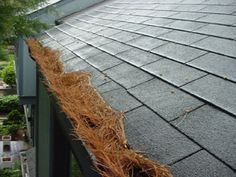Spring Garden Care Tips
In Australia, there are different fruits and vegetables that you can grow in your garden, and spring is the best time to plant most vegetables. However, this is also the best time for diseases and pests to proliferate.
Common Garden Pests During Spring
Carrot Fly – Carrot flies can attack celery, parsley and other similar plants. The larvae burrow into the roots, thereby killing the plant. You can control them by removing infected plants and burning them.
Aphids – Otherwise known as greenfly, aphids can attack beans, cabbage, carrots, celery, corn, lettuce, potatoes, radish and eggplant. They sit on soft plant tissue and suck sap from plants, causing wilting and rotting. Aphids can transfer viruses and other diseases from plant to plant. Control them with garlic spray.
Nematodes – Known as “Eel Worms,” nematodes are microscopic worms that attack the roots of vegetables. These pests can cause swelling, dwarfing and yellowing of the foliage. To control them, always keep your gardening tools clean and opt for resistant plant varieties. Also, plant marigolds in between vegetables — marigolds emit a chemical that can deter nematodes.

Aphids
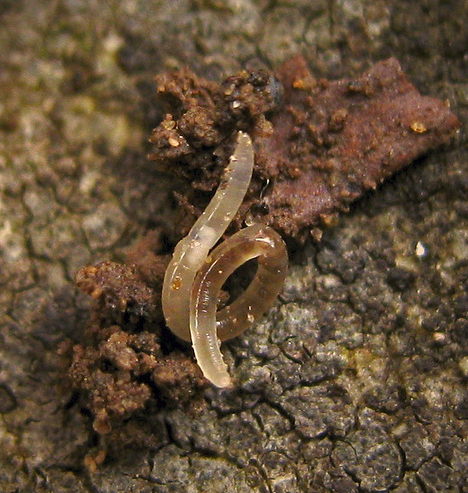
Nematode
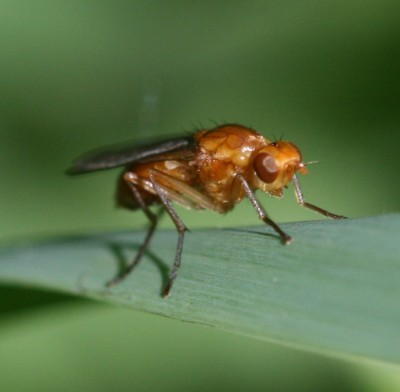
Carrot Fly
Tips for Making Your Garden Healthy in Spring
Fertilise – Now is the best time to feed your plants with the right fertilisers because everything will begin to grow again. Since most garden plants start their main growing period in spring, fertilising them will promote healthy growth and stronger disease and pest resistance.
Weed and Mulch – Before the sun begins to cause the soil’s moisture to evaporate, mulch the garden beds. Apart from conserving soil moisture, mulch will also insulate the soil against the heat. Also, it will help suppress weeds and provide essential nutrients to the soil, most especially when you make use of an organic mulch.
Watch out for pests – Spring is the best time to check for pests on new growth. Aphids, for instance, begin to get active, eating up all the new shoots. As such, keeping an eye on these pesky pests is a must. When dealing with pests, do not immediately opt for pesticides as these chemicals may also kill the beneficial predators. Rather, opt for organic or DIY solutions first.
Tidy up the garden – Spring gives you the opportunity to tidy up the areas in the garden that did not cope very well during the winter months. Bring back some vigour to your plants by properly pruning them.
Plant vegetables – If you live in one of the colder Australian regions, wait until the frost lifts before planting summer crops. Consider planting in October because by this time, the soil has started to heat up a bit. Some of the summer veggies you can sow include corn, cucumbers, beans, zucchini and pumpkin.
If you need help making your garden thrive, you can always get expert help from Jim’s Mowing NZ.



 For starters, these bugs and insects prey on the bad critters that destroy your plants and garden. They are also a natural and cost-efficient solution to your pest infestation problems. Some of the good bugs you should invite in your garden are:
For starters, these bugs and insects prey on the bad critters that destroy your plants and garden. They are also a natural and cost-efficient solution to your pest infestation problems. Some of the good bugs you should invite in your garden are:



 How should you control weeds?
How should you control weeds? Use special weeders for deep-rooted weeds.
Use special weeders for deep-rooted weeds.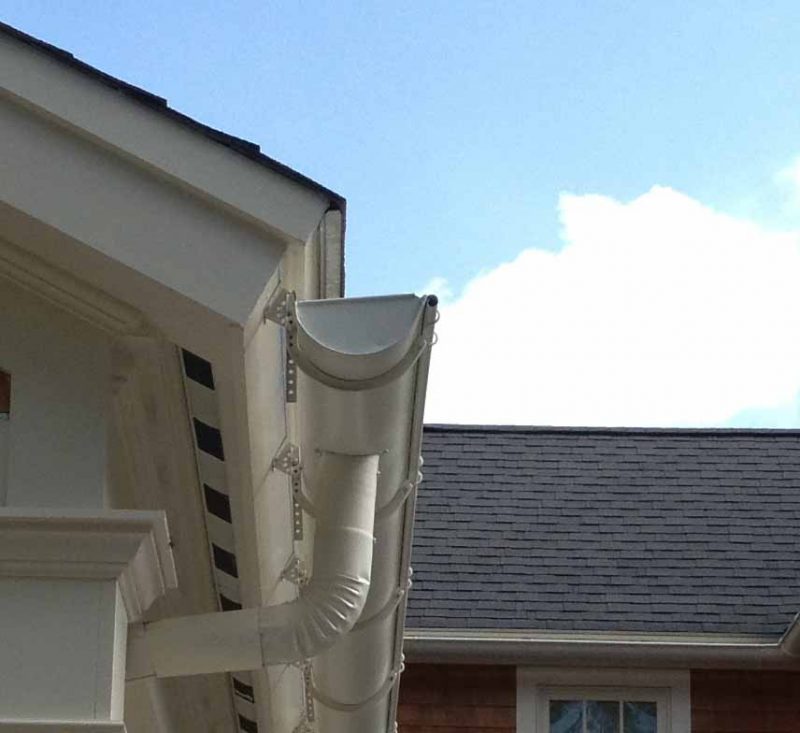
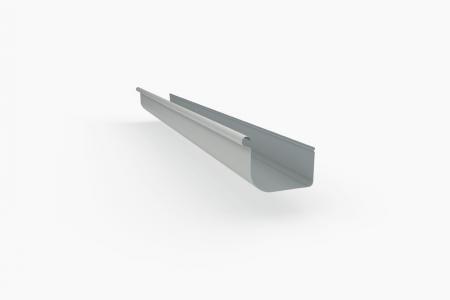
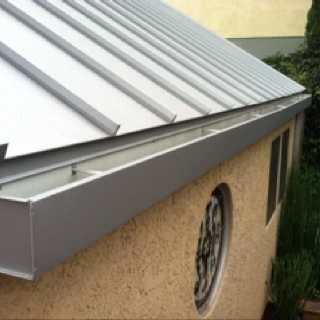
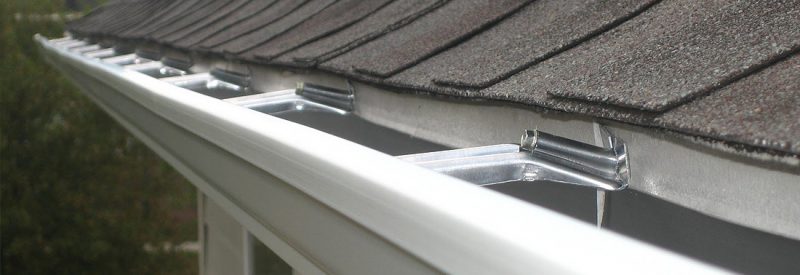
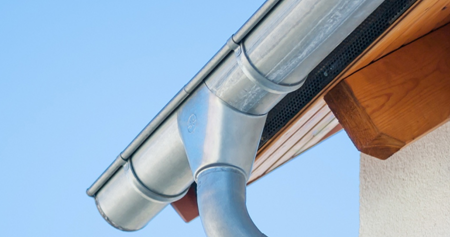
 Dirt build-up in the gutter system causes a myriad of problems when neglected. Not only does it cause roof and gutter damage, but it also leads to serious structural damage. This is why it is essential to have the gutter system cleared up at least twice a year.
Dirt build-up in the gutter system causes a myriad of problems when neglected. Not only does it cause roof and gutter damage, but it also leads to serious structural damage. This is why it is essential to have the gutter system cleared up at least twice a year. The Extent of Coverage
The Extent of Coverage